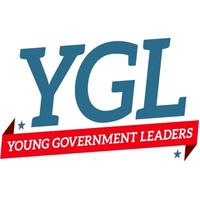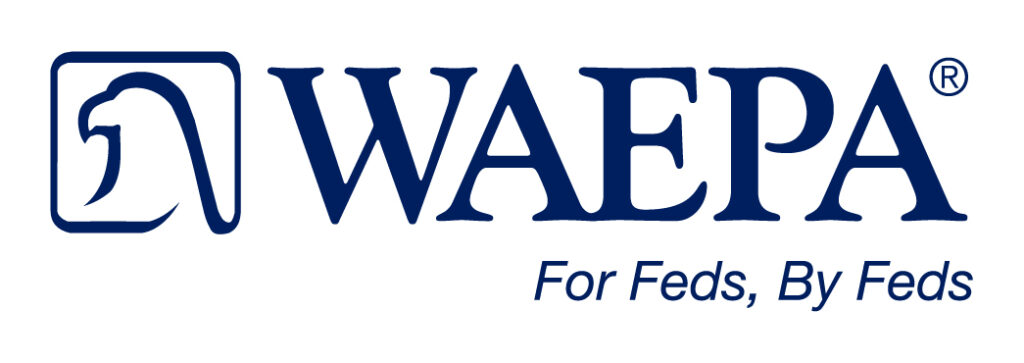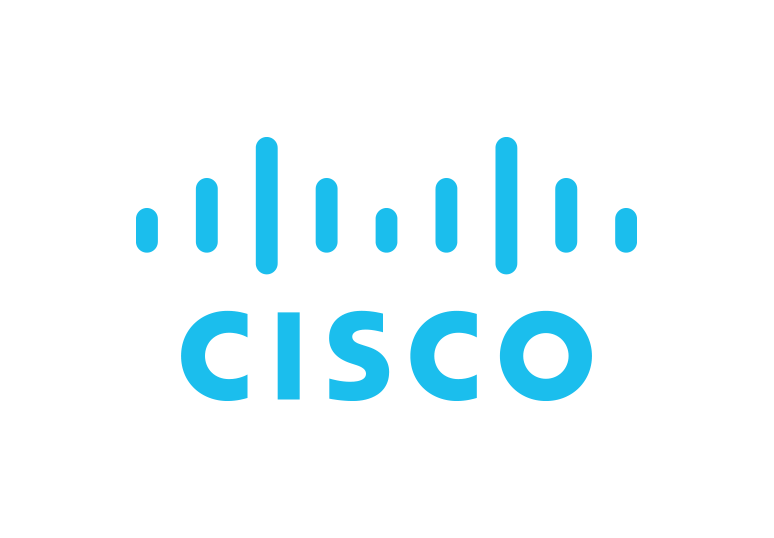
3 Steps Toward Establishing Your Personal Brand
 Apple versus Android. Target versus Walmart. Coca-Cola versus Pepsi. In each of these instances, two similar enterprises are differentiated by their ability to communicate what makes them stand out. While each comparison is marked by slightly different products, branding is what ultimately causes consumers to prefer one over the other.
Apple versus Android. Target versus Walmart. Coca-Cola versus Pepsi. In each of these instances, two similar enterprises are differentiated by their ability to communicate what makes them stand out. While each comparison is marked by slightly different products, branding is what ultimately causes consumers to prefer one over the other.
Branding and marketing can also distinguish you from your colleagues. You may all look similar on paper but harnessing the power of personal branding can help you sell yourself in an unrivaled way.
“Personal brand is what people say about you when you’re not in the room,” author Jen Glantz said at GovLoop’s 2019 NextGen Government Training Summit. “Our personal brand makes sure that anyone who meets us knows how to talk about us.”
Personal brands aren’t just for social media influencers, like some may assume. Refining your brand ensures that you’re able to talk about yourself in a profound and memorable way. These three steps below, as originally shared by Glantz, will help you define and utilize your professional persona.
1. Engage in Deep Self-Reflection
Building your personal brand first requires getting to understanding yourself, your goals and what you bring to the table. To simplify and guide yourself reflection, Glantz provided three types of lists to write.
First, create a list detailing 50 of your strengths. Instead of just listing adjectives and their synonyms, put the work in to develop 50 sentences explaining each attribute and why you consider it a strength.
Next, write down a to-do list of at least 10 items that you want to incorporate into your life or improve. These can be weaknesses or new skills that you’d like learn. Think of it as a way to set goals for yourself.
Finally, record three of your superpowers. Consider what makes you unique or sets you apart from your colleagues. This could be anything from a love of chores to knowledge of a specific database. No matter how outlandish your superpower sounds on paper, it’s a reflection of what special skills you bring to the team.
2. Draft Two Statements
After evaluating your lists, you’ll need to craft two statements, one spoken and one written, that communicate who you are, what you do and what makes you unique. The spoken statement should be just eight seconds long, the length of the human attention span according to Glantz, and communicate the basics.
Your written personal brand statement is where you can dive into your passions and describe more about yourself. This, however, should still be concise. Glantz recommends limiting your written statement to 30 seconds.
Condensing your 63 bullet points into a few moments is challenging but necessary. If you’re struggling to keep your statements short, try getting all of your thoughts onto paper. Once you have it all down, cut and edit until it meets the length criteria.
No matter how established you may be in your career, make a conscious effort to update these statements regularly. Self-reflection and personal branding are a continuous journey that will shift over time, and the statements you craft should reflect that.
“Make this an ongoing document, something that you turn to and look to, especially as you grow and excel,” Glantz explained.
3. Put Yourself Out There
Once you define how you’d like to present yourself via a personal brand statement, commit to memory and share widely. Whenever you’re asked to introduce yourself or write a short biographical summary, refer to your brand.
Designing a personal website is another important way to start broadcasting your brand. Think of it as a corner of the internet dedicated solely to your skills and life updates. Your website should be your online landing page so that whenever anyone searches for you, they’re provided with a platform tailored to showcase your best attributes.
Then, create social media pages, business cards and email signatures that not only capture your personal brand sentiments, but also direct your peers to your website to learn more. Having an interconnected online presence helps people find you online and showcases your most favorable assets.
“Your whole life people are going to be searching for you,” Glantz said. “One of the things we want to invest in for ourselves is something called SEO; it stands for search engine optimization. Simply put, it’s the art of getting ourselves to the top of the Google search when someone types in our name.”
Creating a personal for yourself can be intimidating, especially if you have trouble presenting your professional identity. Starting to harness your personal brand is as simple as getting to know yourself and, from there, taking careful steps to polish how the world views you over time.
For more information, check out GovLoop’s recent worksheet on building your personal brand.









